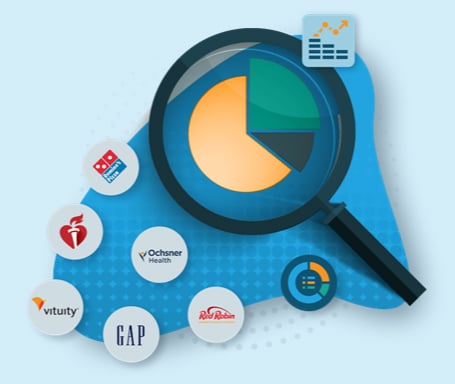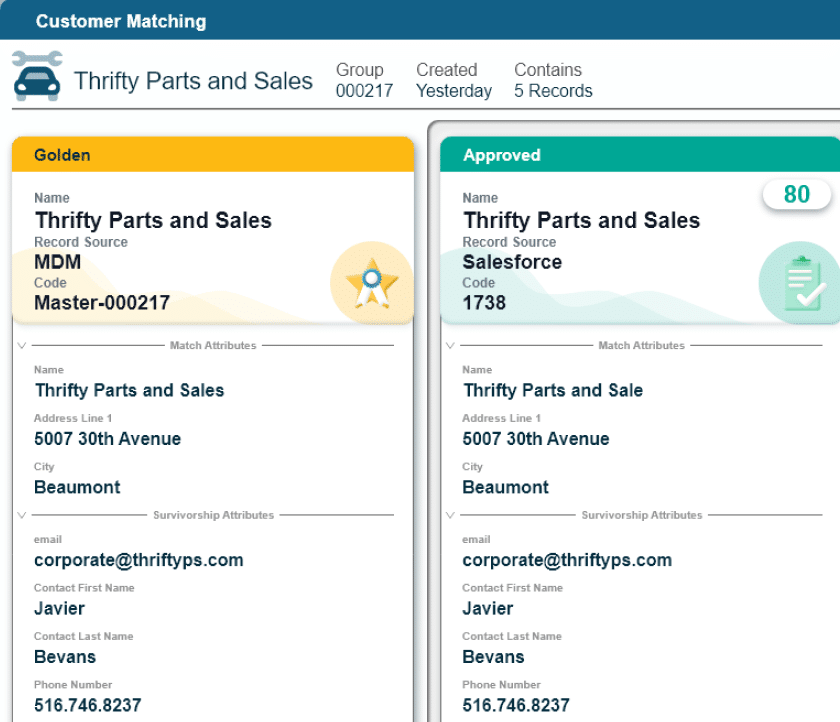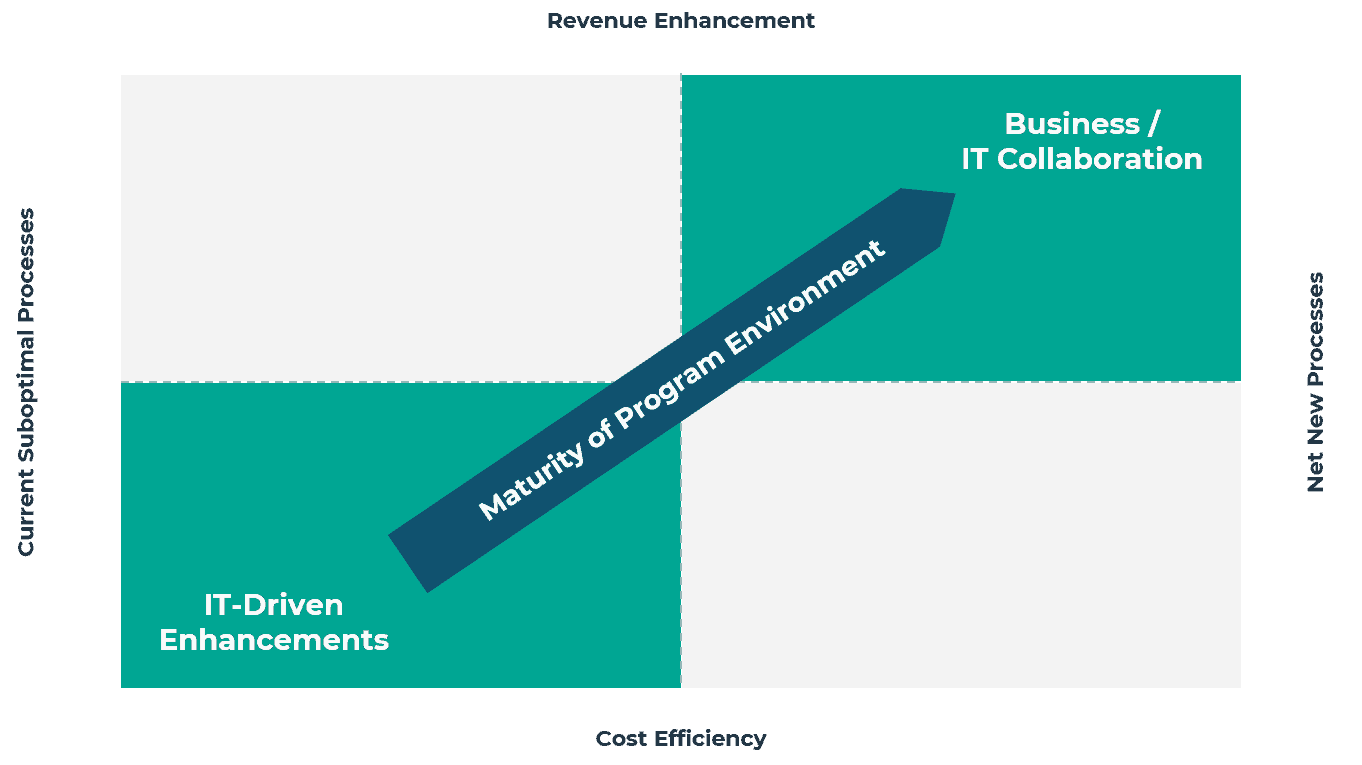85% is an extremely large percentage of master data management initiatives that never make it past the piloting or implementation phases. But why are some companies stuck?
Listen to the Podcast!
Why MDM Programs Fail
The number one reason for MDM program failure is a missing business case or in some cases, having an incorrect business case. Failure to use a structured framework that fosters business ratification of the financial benefits often leads to program failure.
There are few usual suspects of dysfunctional business cases:
- Better Data Quality
- Better Decisions
- Single Version of the Truth
- 360-Degree View of the Customer
Although these are all good architectural concepts/goals, they are not the final business goal. Organizations need to go beyond the ‘how’ to understand the ‘what’ and the ‘why.’

How to Avoid Making these Common Mistakes
So how do you prevent getting bogged down by these common situations that can lead to program failure? Here are 3 simple principles and techniques which will prevent becoming stuck in an attempt to justify your data management program value.
1. State your business case(s) without mentioning “MDM” or even “data”
Try instead:
- “We are hoping to increase customer on-boarding rate by XX% while reducing error rate to X%
- “Reduce slack in new product introduction cycle by XX%”
- “Increase asset up time by XX%”If organizations can’t do this, they have a huge red flag. It’s time to stop and take stock in order to get to this level of detail and continue working through why you are justifying the program.
2. Categorization of Business Benefits
How do you formulate, categorize, and prioritize business process and analytics changes?
Figure 2.
Your goal is to work towards moving from the bottom left corner of the quadrant and think more out of the box as you move towards the upper right. This will involve net-new processes being adopted at your organization but will also drive new revenue that can fund an investment in an MDM program.
3. Use SMART Goals Technique for MDM
Are the outcomes for your MDM program:
S – Specific: Target specific area(s) for improvement
M – Measurable: Quantify or at least suggest an indicator of progress
A – Assignable: Specify who will do it
R – Realistic: State what results can realistically be achieved, given available resources
T – Time-related: Specify when the result(s) can be achieved
Now that you have a better idea of how to justify and make an effective business case for your MDM program, what are next steps?
1. Identify a framework
2. Use the framework to connect the benefits of MDM
3. Validate the metrics and priorities with stakeholders
4. Trade the completed framework as a living document
As you continue on your MDM journey, keep these business case tips in mind to avoid creating a justification that doesn’t accurately convey the real and attainable business benefit of the program.
Interested in learning more? Watch the full on-demand webinar recording below.

Bill O'Kane
A former Gartner analyst, Bill O'Kane was the VP & MDM Strategist at Profisee.
















